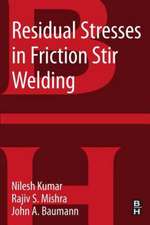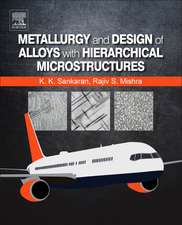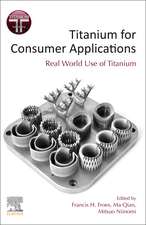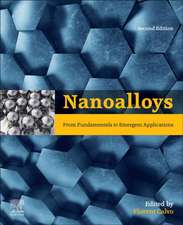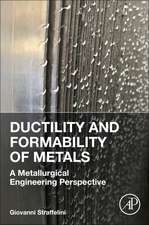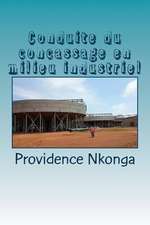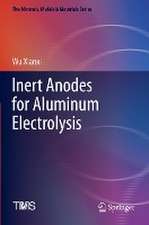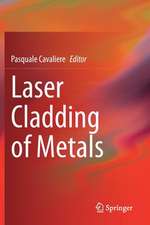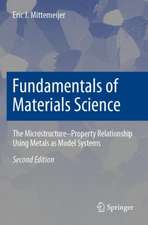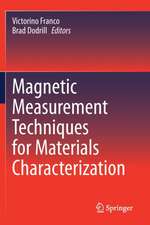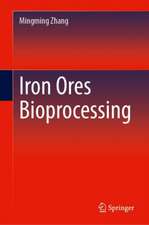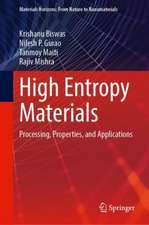Friction Stir Processing for Enhanced Low Temperature Formability: A volume in the Friction Stir Welding and Processing Book Series
Autor Christopher B. Smith, Rajiv S. Mishraen Limba Engleză Paperback – 26 mar 2014
- Demonstrates how friction stir processing enabled forming can expand the design space by using thick sheet/plate for applications where pieces are joined because of lack of formability
- Opens up new method for manufacturing of structural shapes
- Shows how the process has the potential to lower the cost of a finished structure and enhance the design allowables
Preț: 223.90 lei
Preț vechi: 290.31 lei
-23% Nou
Puncte Express: 336
Preț estimativ în valută:
42.85€ • 46.53$ • 35.99£
42.85€ • 46.53$ • 35.99£
Carte tipărită la comandă
Livrare economică 15-29 aprilie
Preluare comenzi: 021 569.72.76
Specificații
ISBN-13: 9780124201132
ISBN-10: 012420113X
Pagini: 148
Dimensiuni: 152 x 229 x 8 mm
Greutate: 0.21 kg
Editura: ELSEVIER SCIENCE
ISBN-10: 012420113X
Pagini: 148
Dimensiuni: 152 x 229 x 8 mm
Greutate: 0.21 kg
Editura: ELSEVIER SCIENCE
Public țintă
Researchers, design engineers, materials processing engineers, welding engineers and studentsCuprins
1. Concept of friction stir processing for enhanced formability2. Fundamentals of formability3. High structural efficiency design potentials with enhanced formability4. Case study of a Al5083 alloy5. Examples of enhanced formability of high strength aluminum alloys6. Closing remarks and guidelines


